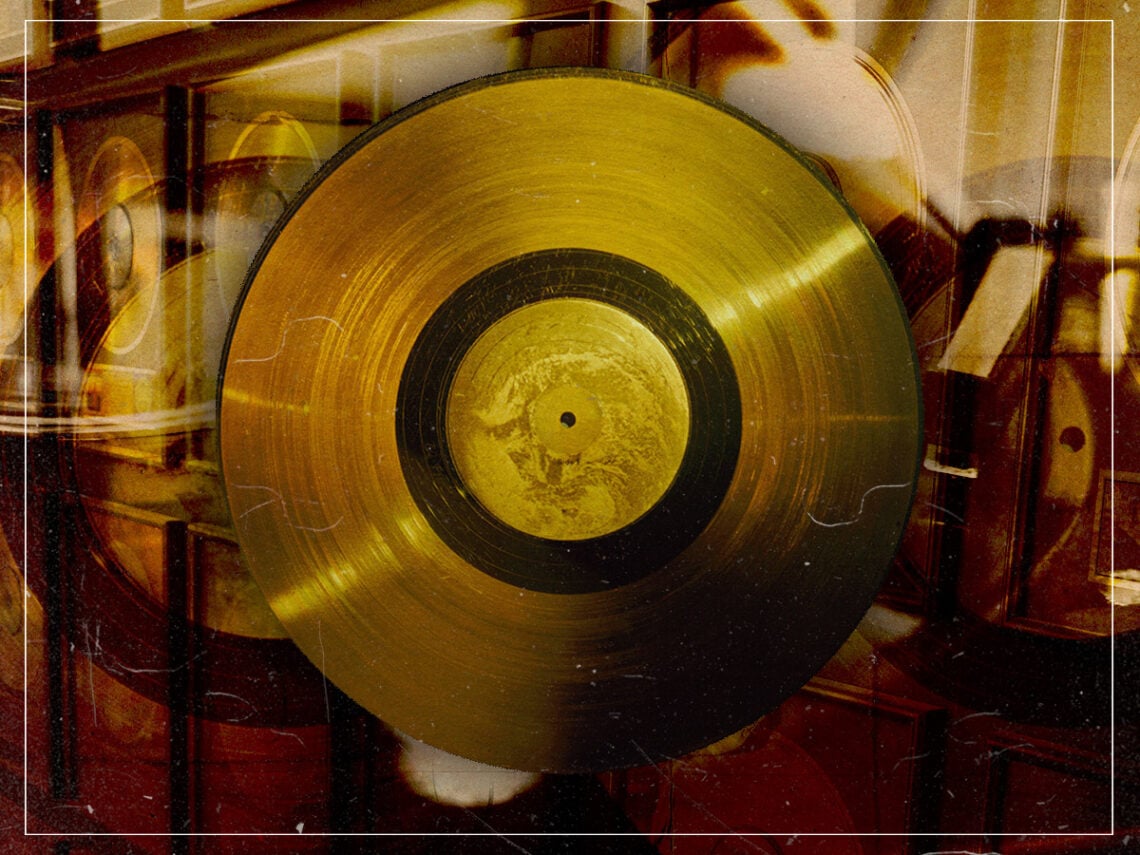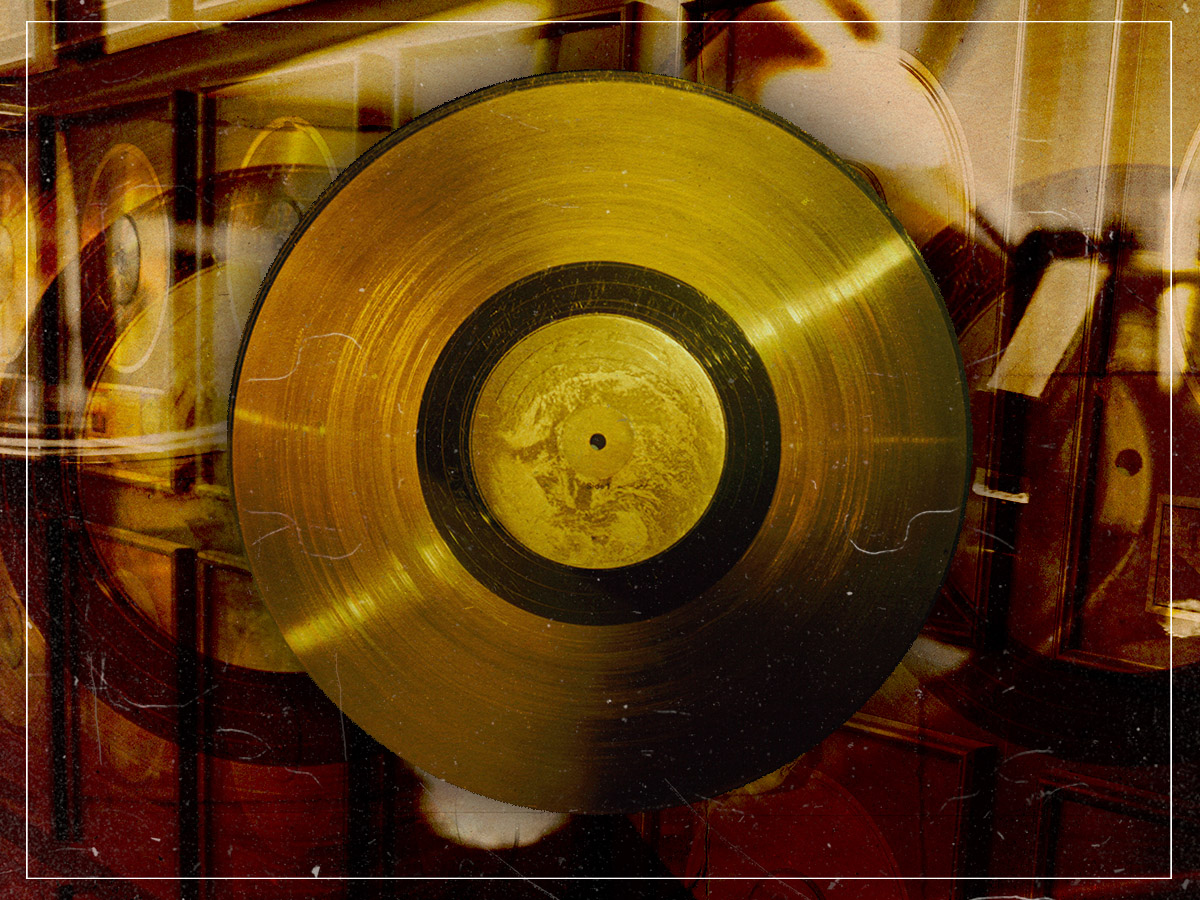
(Credits: Far Out / NASA / Uwe Conrad)
Mon 10 November 2025 7:30, UK
What do you think of when you think about the 1990s?
Maybe it’s the invention of the internet, or trashy action movies, or the diversification of fashion? Or maybe it’s just the great music that existed at that time. Oasis, Blur, and all of Cool Britannia on this side of the Atlantic, while on the other, there was a new wave of hip-hop and grunge. This melting pot of innovation, ideas and esoterica has made it one of the most talked about decades in history, and one those like myself, couldn’t experience, are constantly reminded of.
I am indeed jealous of all those from generations before me who rejoice over a time when music, art and sport could be enjoyed without the interruption of mobile phones, where multiple genres of music were flourishing under the bright new future of an economically booming Britain. Where said musicians intersected with fashion artists, and more excitingly, football. It was the ultimate era of cultural intersection.
What’s more, it was perhaps one of the few times when commercial pop and cutting-edge alternative felt aligned. In Britain, for example, the Spice Girls were leading a revolution of female-led pop that galvanised the nation and, importantly, young Women. All the while Oasis were capturing the gritty realities of working class Britain and doing it through DIY, traditional indie music. But rather than create two warring tribes of pop lovers and rock heads, the like we may have seen in decades past, in the 1990s, they all seemed to share the space artistic enjoyment and instead inspire one another.
Oasis, Blur and Nirvana all became bands whose albums and singles held number one positions in the charts upon release, giving alternative music heads some brief hope that, amidst the waves of bubblegum pop, existed a world where there was a mainstream appetite.
So what alternative song held the number one spot for the longest?
Oasis had the tightest grip on alternative culture in the 1990s; that much is for sure. But, because the appetite for their music was so relentless, it was the album that dominated the charts as opposed to a single song. While ‘Some Might Say’ and ‘Roll With It’ only managed a combined time of three weeks at number one, it was the record (What’s the Story) Morning Glory? that triumphed, spending a total of ten weeks at number one.
Clearly, the appetite for alternative music existed within the album format, because when you actually dig into the archives and see what songs sat at number one for the very longest time in the 1990s, the biggest hitters all came within the pop sphere. Pop was traditionally a single-led format, and so it’s unsurprising that Bryan Adams’ (Everything I Do) I Do It for You’ was the biggest hitter, spending 16 weeks at number one, with Whitney Houston’s ‘I Will Always Love You’ following close behind with 15 weeks.
The only song that could feasibly be considered alternative within the list was Meat Loaf’s ‘I’d Do Anything for Love (But I Won’t Do That)’, which spent a total of seven weeks at number one. Even that, as a song, is a complete stretch.
So, rolling down the list to find a song that truly fits the bill of alternative status, the definitive answer would be Oasis’ 1997 hit ‘D’You Know What I Mean?’. Released on their third album, Be Here Now, it defined a time when the appetite for Oasis was at its very peak.
Related Topics

